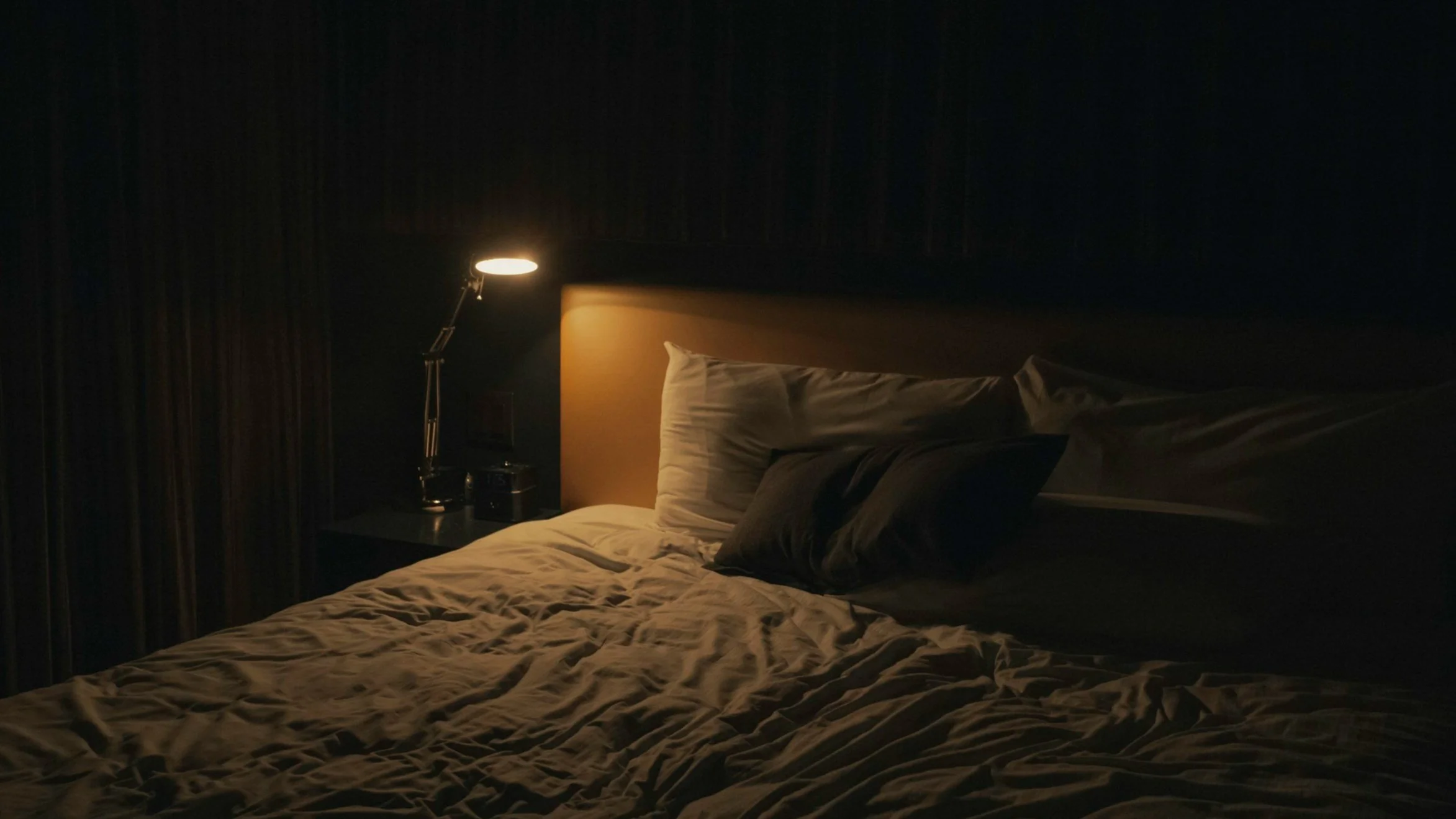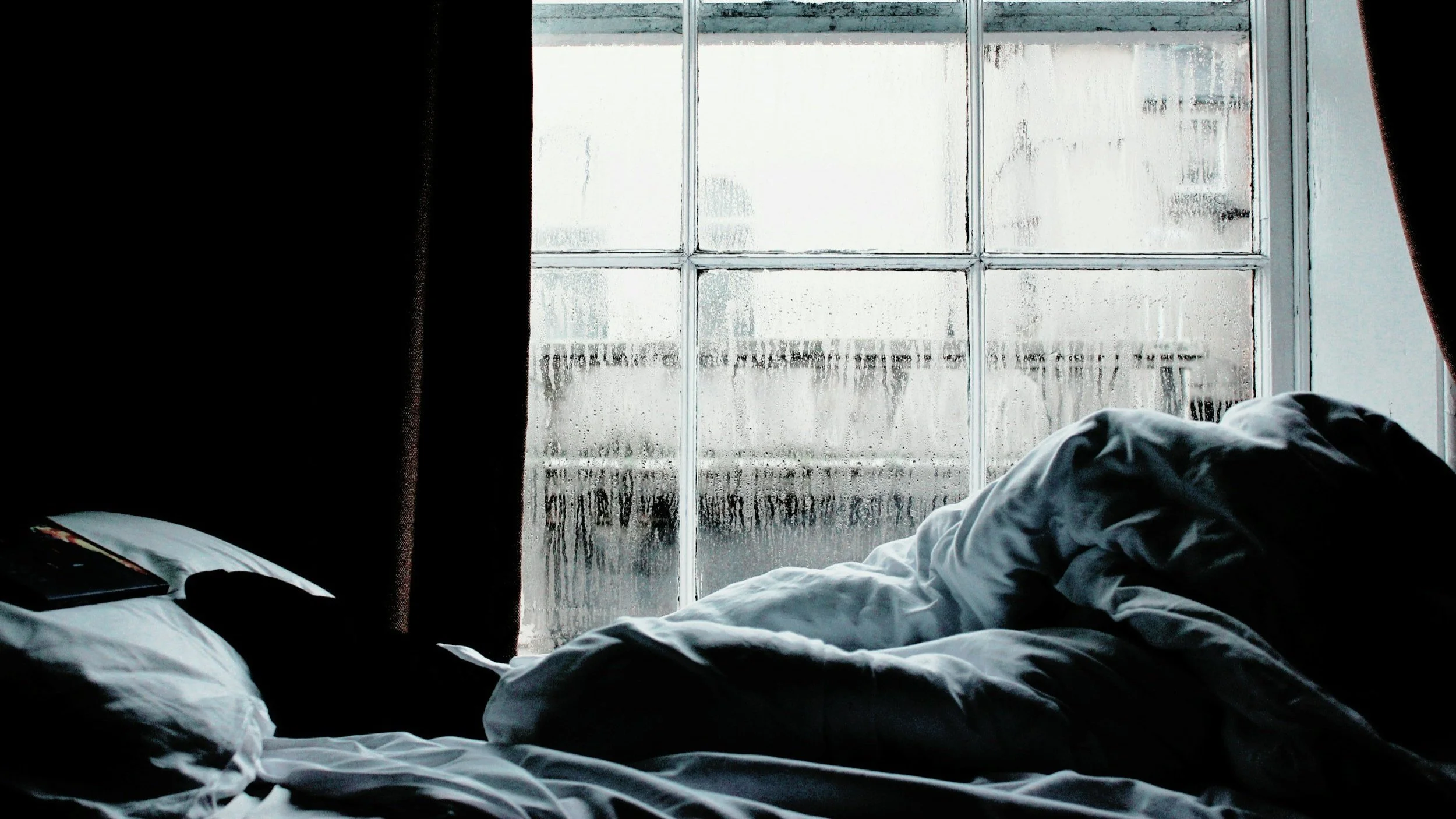What to Do After Loss: The First Step You Can’t Skip if You Want to Heal
Grief can make reading hard. Want to listen to this article instead? Find its corresponding podcast episode here.
When your world has just shattered, the question that races around your mind—sometimes quietly, sometimes with screaming panic is this: What am I supposed to do now?
After a devastating loss, whether it’s the death of a loved one, a painful divorce, a life-changing diagnosis, or another major transition, it’s normal to search for something—anything—to make the pain more bearable. The scramble to figure out your next steps is hella real. You know you want to feel better than you do right now, but you have no idea where to start.
When grief steamrolls through your life, you long for relief, for answers, for someone to show you a clear path forward.
But here’s the truth I—and so many other grievers—had to learn the hard way.
(And I want to make sure you don’t have to!)
Before you can process your grief, before you can start to "heal,” and before you can even think about rebuilding your life, you have to feel safe again.
“But Shelby!” you might say, “Loss showed me that nothing is safe anymore!”
Exactly.
Read on for why feeling safe is the most important first step to returning to life after loss and how to start to feel safe in a world that grief has turned upside-down.
Why "Feeling Safe" Is the Missing Step in So Many Grief Support Approaches
Let me be clear: The world after loss feels unsafe because it is unsafe.
You've learned—deep in your body and bones—that anything can happen to anyone at any time for any reason, including no reason at all. And that knowledge changes everything.
And yet, what’s the advice most grieving people receive?
“You need to talk to someone.”
“Try this grief workshop I saw online.”
“You should read this book… it helped my cousin’s friend.”
“Have you tried seeing a medium?”
“You just need to get away. Book a retreat or something.”
For what it’s worth, these suggestions aren’t inherently wrong or bad. Therapy, retreats, support groups, books, podcasts—they can help. And for many, they become life-giving support tools over time.
But here’s the hard part:
If you haven’t taken time to ground yourself and feel emotionally safe, those very tools might leave you feeling more disoriented, more emotionally raw, more like you're somehow “doing grief wrong.”
You might:
Leave therapy feeling emotionally flooded and unsure how to come back to yourself
Cry your way through a podcast, only to feel hollow and empty afterward
Try a retreat and come home feeling cracked open with no one to help hold it all
Read five or ten grief books and still think, Why am I not getting better?
This isn’t because you’re broken. This is because you haven’t built a safe place to return to yet.
The Safety First Rule: You Can’t Go Deep Until You Ground First
In my free workshop, Grow Through Grief, I teach something called The Safety First Rule—and it’s a game-changer for grievers who feel lost, overwhelmed, or stuck.
The Safety First Rule is essentially this:
You have to practice feeling safe before you can do the hard and “heart” work of grief.
It’s not optional.
It’s not “extra.”
It’s the foundation of your life after loss.
Here’s why: Processing your grief without practicing safety first is like setting up a tent without stakes. Any strong wind—any difficult memory, conversation, or hard day—can send it collapsing in on you. And you use your precious, limited energy not only coping with the emotional fallout, but also resetting your fragile shelter again.
It can quickly turn into a vicious cycle of collapsing and rebuilding with no real progress. And that is exhausting when you’re grieving!
But when you do learn to feel safe again—even just a little—it changes everything.
How to Begin Feeling Safe Again: Root Yourself Before You Reach
So, how do you start feeling safe again in a world that has proven it’s anything but?
Start by rooting yourself. In my free workshop—which you can watch here—this looks like creating consistent rituals and routines to ground yourself each day. Even five to ten minutes (or just 1% of your day) can bring calming predictability to a nervous system that’s been overloaded by grief.
Here’s some grounding ritual examples from my Life After Loss Academy students:
Betty, whose son died, dedicates ten minute each morning to holding a necklace with a pendant of her son’s fingerprint and sitting quietly on the edge of the bed remembering him. She allows whatever emotions that are present to surface. Sometimes they are happy memories. Sometimes they are sadder ones. When her ten minute timer goes off, she takes a deep breath, puts the necklace away, and starts her day feeling more centered.
Maryanne, whose husband died suddenly, created a “safe spot” in her home inspired by her love of the ocean. In her “safe spot,” she listens to the sound of the ocean on Pandora, lights a Sea and Sand candle, and looks at an oceanside painting she did last year. This helps her feel more grounded each day.
Sarah’s best friend died from cancer. She left behind a beautiful garden. Sarah regularly visits her grief garden pulling weeds, planting vegetables and flowers, pruning bushes, and admiring the wildlife that comes to visit. For her, having a garden is more than a daily chore; it’s a chance to literally feel connected to the earth and to her best friend. Plus, being outside regularly helps her feel more “in her body.”
As you can see, small, consistent rituals and routines aren’t just emotional comforts—they’re neurological anchors. They tell your brain and your nervous system: You’re safe now. You’re not in crisis anymore. You have a place to land.
What Happens When You Practice “Safety First” After a Loss
When you take the time to ground yourself first, everything else you try becomes more effective.
You can go to therapy without feeling, as one of my students put it, “emotionally hungover.”
You can listen to a podcast and walk away feeling supported, not shattered.
You can read a book and actually absorb the wisdom without comparing or judging yourself.
You can attend a retreat and know how to care for yourself when you return.
With the Safety First approach, you:
Feel more steady and calm, even when grief flares up unexpectedly
Begin to rebuild trust in your brain, your body, and your heart
Create a consistent practice to return to—so you're not left untethered when big emotions metaphorically knock down your tent
Experience more clarity when making hard decisions about your relationships, work, and future
Grow stronger roots that help you weather grief year after year—not just get through the day
That’s a whole lot of payoff for a small five to ten minute ritual!
Without Safety, Even the Best Grief Support Can Hurt
Let’s be honest: Grief support isn’t one-size-fits-all. And even the most well-meaning support can feel like salt in the wound when you don’t have the foundations to feel safe and grounded as you practice them.
If you skip the step of building safety after a loss, you might:
Waste months—or even years—trying every tool only to feel just as lost as you were before
Blame yourself when things don’t “work” for your grief
Feel like a failure because you still feel broken after doing what you or society believe to be all the “right” things
This is where so many grievers get stuck. They assume they need to try harder, do more, feel faster or more efficiently.
But what they really need is a safe place inside themselves that they can return to for grounding and centering over and over and over again—an anchor that steadies them inside the chaos of grief.
Closing Thoughts: You’re Not Behind. You’re Just Ungrounded.
If you’ve tried all the things and still feel like you’re stuck or suffering, please hear this:
You’re not late. You’re not broken. You’re not bad at grief.
You’re just missing the first step.
And it’s not your fault no one told you.
Practicing safety first isn't glamorous. It’s not flashy. It doesn’t usually get the same attention as “10 Ways to Move On Fast” or “How to Find Closure The Easy Way.” But it’s the foundational step that changes everything.
And, because it’s worth repeating: There is nothing wrong with seeking support. There is nothing wrong with wanting to feel better. But if you skip the grounding work, those efforts may leave you more confused, more drained, and less connected to yourself.
So if you’re wondering what to do after loss, this is it.
Before you go deeper…
Before you open up your grief wounds 1:1 or in a group setting…
Before you try to heal…
Practice safety first.
Build a ritual, practice it consistently, return to it when life gets hard or overwhelming, and notice how your nervous system responds. Give your grief a dedicated moment of your day. Stabilize your body, mind, and heart. Then place every support tool, every workshop, every resource on top of that strong foundation.
Because the most powerful grief work you’ll ever do starts when your whole self finally believes: I’m safe enough to feel this.
Want to learn more about the Safety First Rule? Check out my free workshop for more about how building a solid routine for yourself can transform your grief.
Sold on the Safety First Rule and want help creating your own grounding practice? Join us in Life After Loss Academy, my online course + community for rebuilding after devastating loss. You’ll find everything you need to get started in Module 1: Ground, which is all about getting rooted in safety and stability.


